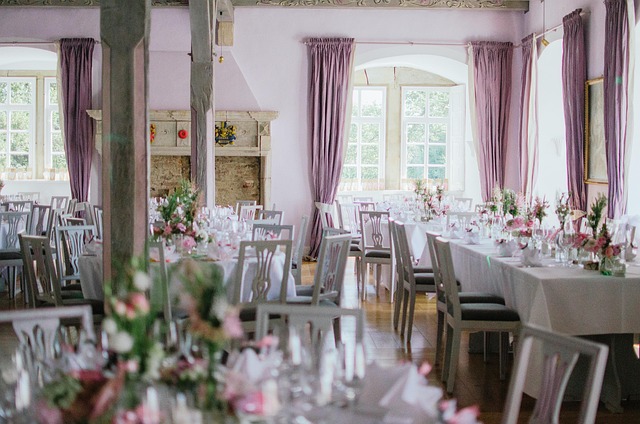Mastering Light Reception: A Painting Guide for Art and Design Enthusiasts
As artists and designers, we often find ourselves captivated by the play of light in our surroundings. The way it dances across surfaces, highlighting contours and casting shadows, creates a dynamic visual experience that is essential to the world of painting. Understanding and mastering light reception is not just a technical skill; it’s an artistic journey that can elevate our work and connect us deeper with the environments we depict.
The Dance of Light and Shadow
Light reception begins with observing how light interacts with objects. In nature, light can be soft and diffused or harsh and stark, influencing our perception. This variability invites us to explore different styles and techniques in our artwork. Whether you’re capturing the delicate glow of dawn or the bold contrast of a midday sun, each situation demands a unique approach to effectively depict the beauty of light.
Building a Foundation: Color Theory and Light
To truly master light reception, a solid foundation in color theory is essential. Color behaves differently under various light conditions, which can dramatically affect the mood and tone of a painting. Warm colors often appear more vibrant in sunlight, while cool colors can recede in shadow. By understanding how light affects color, you can choose your palette with intention, conveying the atmosphere you desire in your art.
Techniques to Enhance Light Reception
1. Layering: One effective method to capture light is through layering paint. Start with a base coat that reflects the light source, followed by transparent glazes to create depth. This technique not only adds richness to your work but also simulates the process of light interacting with surfaces.
2. Negative Space: Embrace the power of negative space to highlight light reception. By leaving areas of your canvas untouched or using lighter colors in certain sections, you allow light to play a critical role in your composition, guiding the viewer’s eye and enhancing the overall impact of your piece.
3. Experiment with Mediums: Different painting mediums can influence how light is perceived in your artwork. For instance, oil paints provide a luscious, reflective surface that can beautifully capture subtle changes in light, whereas acrylics offer a matte finish that can create striking contrasts. Don’t hesitate to experiment and find the medium that resonates with your artistic vision.
Observation: The Key to Understanding Light
One of the greatest tools at your disposal is simply your own observation. Spend time outdoors or in various environments; notice how light changes with the time of day and the weather. Sketch or take photographs, focusing specifically on how light interacts with your subjects. This practice not only enhances your understanding but also informs your artistic choices, enabling you to recreate that magic on your canvas.
Creating Emotion Through Light
Light reception isn’t solely about technique; it’s also about emotional resonance. The way light is portrayed can evoke feelings of warmth, serenity, or even drama. Think about the emotional tone you want to convey in your paintings and how light can enhance that. A sunset might bring feelings of nostalgia, while a stark, shadowy scene could portray mystery or tension. Utilize light not just as a visual element but as an emotional language in your art.
Mastering light reception in painting is an ongoing journey, one that invites exploration, experimentation, and most importantly, personal expression. Embrace the challenge, and let your understanding of light illuminate your artistic path.



